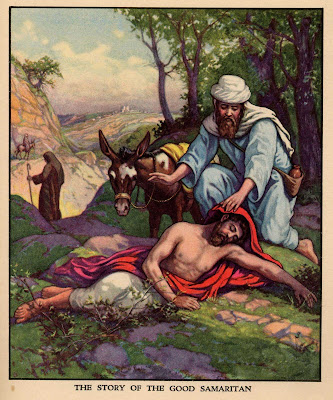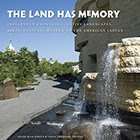 Sa´lakwmana - Sa´lakwtaqa
Sa´lakwmana - Sa´lakwtaqa A maiden Katsina and her Brother
Rainmakers From the Gods - Hopi Katsinam
Getting back to the Hopi and their Katsinas, the Katsina represent all manner of different spirits and are represented in dance and in carved dolls. Hopi have practiced Katsina religion at least since A.D.1300 when Pueblo culture Katsina figures start showing up painted on pottery. Hopi, Pueblo and Zuni all practice Katsina rituals.
Representing different aspects of the natural world from rain to watermelon, celestal bodies or animals like deer mouse or crow, katsinas intercede on behalf of the people. Pictured above, Sa'lakwmama is a maiden katsina. Her headdress represents the clouds. She and her brother, Sa'lakwtaqa, dance at midsummer.
Eventually, westerners started collecting katsina dolls as art pieces. The Hopi, who keep much of their sacred traditions secret, create altered versions of their sacred objects to sell as art. Georgia O'Keffee the great American painter who lived in and loved New Mexico painted the katsina doll below.
Representing different aspects of the natural world from rain to watermelon, celestal bodies or animals like deer mouse or crow, katsinas intercede on behalf of the people. Pictured above, Sa'lakwmama is a maiden katsina. Her headdress represents the clouds. She and her brother, Sa'lakwtaqa, dance at midsummer.
Eventually, westerners started collecting katsina dolls as art pieces. The Hopi, who keep much of their sacred traditions secret, create altered versions of their sacred objects to sell as art. Georgia O'Keffee the great American painter who lived in and loved New Mexico painted the katsina doll below.






























